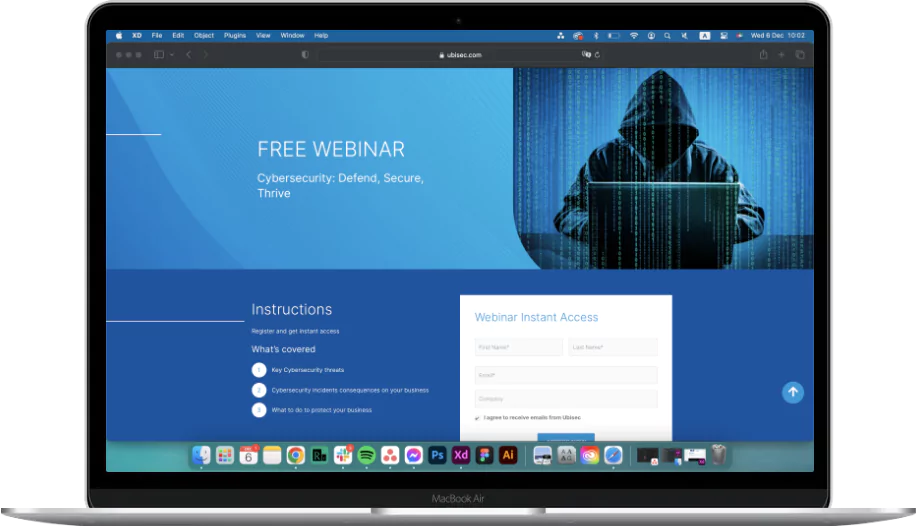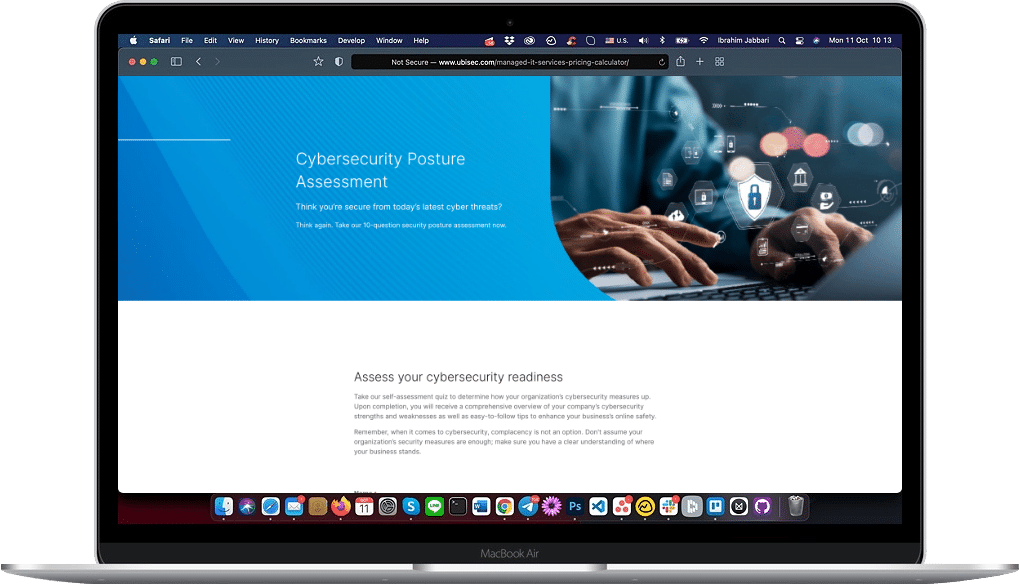Understanding Zero Trust Data Security
Shifting the Paradigm
The Principle of Least-Privileged Access
A fundamental element of the Zero Trust framework lies in its emphasis on the “principle of least-privileged access.” This concept highlights the significance of conferring users and systems with only the minimum permissions required for their tasks. This approach substantially curtails the potential for harm caused by a compromised account, thus limiting the attacker’s capacity to inflict damage, even in the event of a breach.

The Benefits of Implementing Zero Trust Data Security
Enhanced Security
Reduced Insider Threats
Insider threats, often facilitated by employees with excessive access privileges, pose a significant risk to organizations. Zero Trust Data Security effectively mitigates these threats by granting only the necessary access to employees. It restricts access to sensitive information, reducing the chances of data leakage or misuse. By implementing this model, organizations can minimize the risks associated with insider threats.
Improved Regulatory Compliance
Organizations must comply with laws such as GDPR, HIPAA, and others in an era of evolving data protection regulations. Zero Trust Data Security simplifies the process of meeting regulatory compliance requirements. Through rigorous access controls and continuous monitoring, it helps organizations protect sensitive data and align with the regulatory landscape.
Simplified IT Security Management
Greater Flexibility and Scalability
Boosts Customer Trust
Proactive Security Approach

Challenges in Implementing Zero Trust Data Security
Technical Complexity
High Implementation Costs
Resistance to Change
Like any significant change initiative, transitioning to a Zero Trust model can face employee resistance. This resistance can slow the implementation process and create a barrier to achieving complete data security.
Lack of Awareness and Understanding
Numerous organizations require greater awareness and comprehension of Zero Trust data security. This knowledge gap can result in suboptimal implementation choices, potentially undermining the efficacy of the Zero Trust model.
Difficulties in Monitoring and Enforcement
A Zero Trust architecture requires constant monitoring and enforcement to ensure all users and devices adhere to security protocols. This can be a significant challenge due to the large volume of data and the need for real-time analysis.
Lack of Skilled Personnel
Implementing and managing a Zero Trust strategy requires specialized knowledge and skills. Unfortunately, there is a need for such skilled personnel in the market, making it difficult for organizations to implement the process effectively.
Ensuring User Experience
Implementing Zero Trust data security often means adding more user authentication steps, which can lead to a less user-friendly experience. Balancing security with usability is a significant challenge for organizations.
Compliance with Regulations
Compliance with specific regulations may present challenges when implementing a Zero Trust model, depending on the industry and location. Organizations must ensure that their Zero Trust strategy aligns with all applicable legal requirements, a task that can be intricate and demanding.

That’s ok, we’re here to help.
Take our free cybersecurity posture assessment quiz right here today!
A Step-by-Step Guide to Implementing Zero Trust
For organizations looking to implement Zero Trust Data Security, a systematic approach can help streamline the process and mitigate challenges.
Understanding Zero Trust
Zero Trust’s core is the principle that no user or system is trusted by default, regardless of their location or network. It requires constant verification for every user and device, continually validating their trustworthiness.
Identify Sensitive Data
The initial stage in Zero Trust implementation involves the identification of sensitive data within your organization. This encompasses client information, intellectual property, and financial data, and it is a pivotal step for ensuring comprehensive protection.
Map the Data Flow
Understanding how sensitive data flows within the organization is essential. This includes identifying who accesses it, how it’s used, and where it’s stored. A comprehensive understanding of data flow is critical to adequate security.
Implement Least Privilege Access
To reduce potential exposure to security risks, grant users the least privilege necessary to perform their jobs. Regularly review and revoke access as required to ensure access permissions align with job roles.
Deploy Multi-Factor Authentication (MFA)
Multi-factor authentication (MFA) enhances security by demanding multiple methods of verification from users. These methods can involve what they know (e.g., a password), what they have (e.g., a smart card), and what they are (e.g., a fingerprint).
Use Microsegmentation
Microsegmentation involves dividing the network into secure zones. Users are only allowed access to the zones necessary for their work, reducing the risk of lateral movement by attackers.
Encrypt Sensitive Data
Monitor and Log All Activity
Continually monitor and log all network activity. This practice allows quick detection and response to potential security breaches.
Regularly Update and Patch Systems
To protect against known vulnerabilities, regularly update and patch all systems, including operating systems, applications, and security tools. Staying up to date with patches is crucial for security.
Continuously Educate Employees
Regularly educate employees about the importance of data security. This includes training on recognizing phishing attempts, secure password practices, and the significance of reporting suspicious activity.
Conclusion
If you’re interested in bolstering your cyber resilience within your organization, we’d love to hear from you! Click here to set up a quick call with us today.
FAQs
Zero Trust Data Security is a cybersecurity model that assumes no inherent trust for any entity, continuously verifying their trustworthiness for access.
Fundamental principles include continuous verification, least-privilege access, microsegmentation, multi-factor authentication, data encryption, continuous monitoring, and regular updates.
Data is a central focus in Zero Trust; it must be identified, its flow understood, and securely accessed, encrypted, and monitored to safeguard it effectively.
Secure data in Zero Trust by identifying sensitive data, controlling access, deploying multi-factor authentication, using microsegmentation, encrypting data, monitoring all activity, and keeping systems updated while educating employees about data security best practices.










